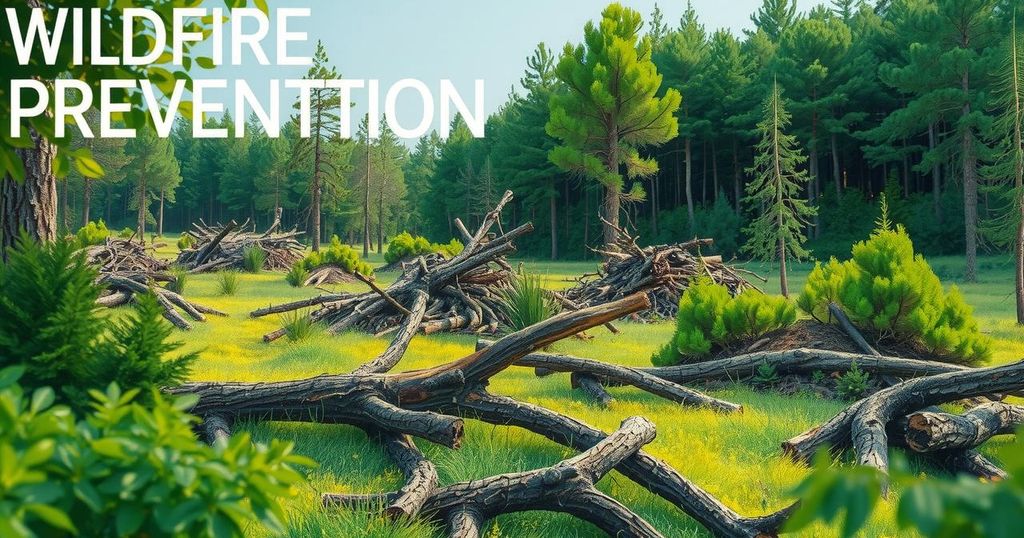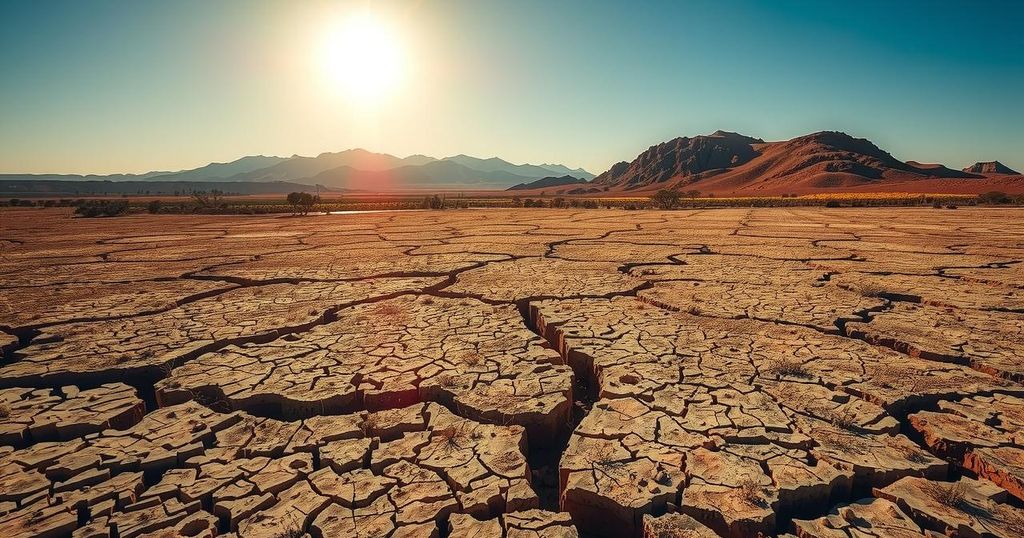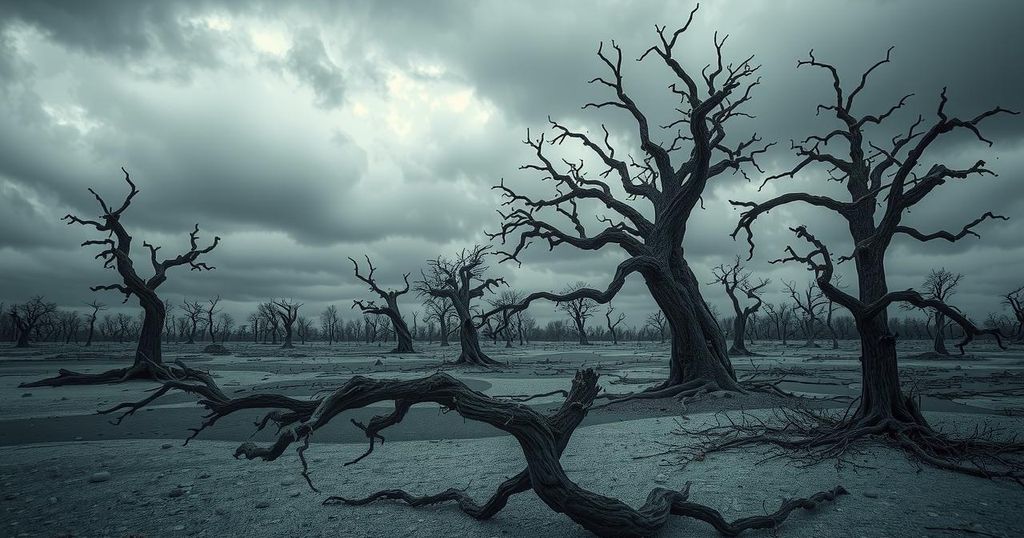Climate change
” STEINBERG, AFRICA, CLIMATE, CLIMATE CHANGE, ENVIRONMENT, EXTREME WEATHER, HELENE, MICHELE STEINBERG, MID - ATLANTIC, NATIONAL FIRE PROTECTION ASSOCIATION, NATURAL DISASTERS, NEW ENGLAND, NORTHEAST TENNESSEE, SAFETY, SOUTH AFRICA, SOUTHWEST VIRGINIA, STEINBERG, VIRGINIA
Fatima Khan
0 Comments
Hurricane Helene’s Lasting Impact on Wildfire Risks and Upcoming Hurricane Season
Hurricane Helene caused extensive damage in parts of Virginia, Tennessee, and North Carolina, contributing to increased wildfire risks in the wake of the storm. Experts emphasize the ecological role of wildfires while warning about the risks associated with post-hurricane debris. New forecasts predict an above-average hurricane season ahead, highlighting the need for preparedness against both hurricanes and wildfires in these regions.
Last fall, Hurricane Helene caused significant destruction in Southwest Virginia, Northeast Tennessee, and Western North Carolina. Many communities are still recovering months later, as its aftermath may exacerbate the risk of wildfires, a seasonal challenge in this area. Michele Steinberg, the Wildfire Division Director at the National Fire Protection Association, stated that the debris from Helene is altering wildfire risk patterns.
Steinberg highlighted that while wildfires can have ecological benefits—such as rejuvenating soil and promoting certain plant species—they can also threaten communities. During wildfire seasons, typically in spring and fall, conditions become favorable for fires due to the accumulation of dry, dead materials alongside warmer temperatures. The natural fuel of trees, grasses, and shrubs can lead to dangerous fire scenarios when dry conditions arise.
Hurricanes like Helene can increase the available fuel for wildfires by downing trees and vegetation. Steinberg noted that the downed material creates a significant hazard as it can remain dry and combustible, leading to more intense fires. Furthermore, the aftermath of hurricanes can hinder firefighting efforts by prioritizing infrastructure recovery over forest management, complicating response times to wildfires.
Local emergency personnel alerted communities shortly after Helene warned of heightened wildfire risks due to the downed vegetation. Indeed, the region has already experienced some of its worst wildfires this spring, echoing historical trends following hurricanes. Steinberg suggests residents educate themselves about wildfire conditions and recognize National Weather Service warnings, particularly regarding “Red Flag Warnings,” which indicate a high wildfire risk due to dry, windy conditions.
Homeowners can also take proactive measures, such as eliminating debris around their properties, particularly near foundations, where embers can easily ignite fires. The National Fire Protection Association provides various resources that assist in wildfire preparedness, and communities can engage in the Firewise USA program to collaboratively prevent fire hazards. Virginia’s spring wildfire season typically concludes at the end of April.
In a related forecast, Colorado State University predicts an above-average hurricane season in 2025, with expectations of 17 named storms, including nine hurricanes. Researcher Levi Silvers attributes these projections to unusually warm sea-surface temperatures and the influence of current weak La Nina conditions, which can enhance tropical storm development. The Atlantic hurricane season runs from June 1st to November 30th.
For more weather and climate updates, readers can subscribe to the CommonWx newsletter from Radio IQ.
In summary, Hurricane Helene has had lasting effects on the risk of wildfires in affected communities, with an increased amount of combustible material due to storm damage. Residents may take preventative measures by understanding wildfire conditions and maintaining their properties. Furthermore, predictions for an above-average hurricane season in 2025 underscore the importance of preparedness for both hurricanes and wildfires in susceptible regions. The ongoing impacts of these natural disasters necessitate community vigilance and proactive engagement to mitigate risks.
Original Source: www.wvtf.org




Post Comment